My garden is my favorite place to be. I love everything about it- from planning to starting seeds inside to digging in the dirt. But gardening can sometimes seem like an overwhelming venture for those just starting out.
So if this is your first year gardening- or if you are a beginner who was seriously overwhelmed last year- here are 11 tips for beginning gardeners to reduce wasted time, energy and resources as well as prevent getting in over your head.
This site contains affiliate links. If you make a purchase using one of these links, I may earn a commission. Please see my disclosure page for more information about cookies collected and our privacy policy.
If you are BRAND new gardener, be sure to also check out my list of Common Mistakes Made By Beginning Gardeners– so you don’t make them!
11 Tips for Beginning Gardeners
1. Start Small
I know, you want to feed your family all summer long. Or you want to preserve food for the winter. Or you want to try every single seed from the catalogs. Trust me, if you start out with a huge garden you will get overwhelmed.
If this is your first year gardening, take it slow. Plant a few tomatoes and peppers. A small herb garden. Some beans and lettuce. Maybe some onions. Get used to how certain plants grow and their needs. Try out something like Square Foot Gardening to grow a lot of food in a smaller space.
Keep your small plot weeded, watered and pest-free. If all goes well this first year, you can expand just a bit more the following year.
2. Plant what you eat [mostly]
Do you love fresh tomatoes and tomato sauce? Is salsa your thing? Then tomatoes should definitely be on your to-grow list. Are potatoes detested by the entire family? You might want to skip them. If you only use peppers in salsa and the occasional stir-fry or soup, 1 or 2 plants is probably enough.
That being said, homegrown food is always better. Have you tasted a pea straight from the garden? There is no comparison to the bland store-bought varieties. Especially in the case of picky kids, growing your own, and letting them help, will help them expand their palate and introduce new foods. Gardening is also an excuse to build up your own tastes.
Your menu might never include kale, cabbage or chard- unless it’s right outside your door begging to be used. Once you have your gardening legs under you don’t be afraid to try a few new things!
My article on the 11 Easiest Vegetables to Grow for Beginners will give you the basics of how to grow some of the easiest and most popular crops.
3. Plant to your climate
Knowing your zone is one of the most important parts of gardening. It will determine what you can plant and when. If you live in a colder northern climate you will have to pick more cold-weather crops and short-season varieties of all the others.
If you live in an area that stays warm much of the year you will plant your warm season veggies much earlier than much of the country. When choosing your seeds, pay attention to how many days it will take to mature as well as what growing zone it is best suited for.
4. Pay attention to Plant Spacing
I know many home gardeners- myself included- that try to squish as many plants in an area as possible in the name of conserving space and making room for more plants. This is not the best practice as it tends to invite more pests and disease into your garden as well as having plants that are not as strong and healthy since they will be competing for light and space.
You can usually get by with somewhat smaller spacing than seed packets tell you, but make sure that each plant has ample nutrients and sun. You can also use vertical gardening techniques to conserve space.
Here’s my guide on correct garden spacing, and you can get a chart for space recommendations for common crops.
Related Reading: How to Grow Vertical in Your Garden
5. Use Mulch
I don’t know any true statistics, but I would think that weeds are the #1 gardener frustration. They grow fast and can choke out your plants in a matter of days. Weeding should be done daily, but if you don’t want to spend hours and hours on your knees pulling weeds, mulch can be your best friend!
Mulching your plants will help to choke out the weeds as well as protect from soil loss and retain moisture. You have a lot of choices when it comes to mulch- from wood chips or grass clipping to straw or plastic. You can use one or all sorts of different mulches, but get that soil covered!
6. Write it down!
Don’t rely on your memory when it comes to the garden. Keep a journal- sketch out your garden so that you can rotate crops next year, keep a list of pests you fought, of what did well and what didn’t, and any other thoughts that might help you.
Also make sure to label you plants in your garden. Some seeds are slow to germinate and you might forget that a plot was already planted. It is also helpful to label different varieties so you can begin to keep tract of which do best in your garden- there is no sense in wasting money on seeds that never produce well!
My Yearly Gardening Planner is perfect for keeping track of everything- from your seed inventory to planting dates to disease and pest problems.
7. Learn your plants. And your Weeds.
There is nothing quite like tending a tiny little corn seedling for weeks until it blossoms into a lovely shoot of grass! It is helpful to become familiar with what certain plants look like as seedlings- so that you can pull the weeds and not the plants.
It is equally as helpful to know your weeds as small shoots and seedlings so that you are cultivating plants not weeds (of course don’t forget about your edible weeds as well, some are easier to grow than greens!)
8. Amend your soil.
Healthy soil makes healthy plants. Your soil is the most important part of your garden- poor soil will not produce much more than unhealthy plants. Before starting your garden each year make sure you amend the soil with well-rotted manure or compost.
Feed your soil and plants throughout the year with manure, compost tea or Epsom salts. At the end of the season top your beds with chopped leaves or sow a cover crop that will provide some green manure for the following year. Your plants can tell you a lot of about the condition of your soil- check out my article on Soil Nutrient Deficiencies and How to Fix Them for some tips on diagnosing common nutrient deficiencies.
Related Reading: How to Improve Your Soil for Free!
9. Be Prepared for Pests.
Don’t be fooled into thinking that you can just plant your garden and let Mother Nature take care of the rest. There will be pests and you will have to do something about them if you want your plants to survive.
Read up on companion planting and other organic measures of garden pest control. Be prepared to get up close and personal with the insect pests and pick them off! But remember, a few bug holes in your kale or tomatoes never hurt anyone. Cut off the offensive part of the produce and eat up!
Pick up a copy of my Companion Planting Guide and Binder to help you design the perfect garden beds with companion planting in mind. It will help you harness the power of your plants to save time, reduce pests, and increase yields!
Related Reading: The Ultimate Guide to Companion Planting
10. Don’t forget the flowers.
Unless you have a garden full or greens and roots, you will need pollinators to help your garden grow to its potential. Planting flowers around your vegetable beds- and in them too- will help draw in bees and other pollinators as well as beneficial insects that will help you fight your garden pests.
Plus they are beautiful, smell wonderful, and make a room and yard that much more cheerful! Here’s a list of Flowers to Grow in the Vegetable Garden.
11. Water when needed
Water is just as important as healthy soil. Too much water can cause disease in plants- and too little- well they just won’t grow. Most plants need a deep watering at least once a week, so if Mother Nature doesn’t take care of it you will need to step up to take the job.
Just remember that it is best to water the base of the plants as opposed to from above, so using a drip hose or irrigation is better than a sprinkler that sprays water through the air. Watering early is the morning or in the evening is best to minimize water loss from evaporation.
If you are new to gardening I would love to hear what the hardest part for you is. And if you are experienced, what advice would you give to those just starting out?
You May Also Like:
21 Crops You Can Grow in Containers
Complete Guide to Growing Tomatoes
How to Grow Green Beans from Seed

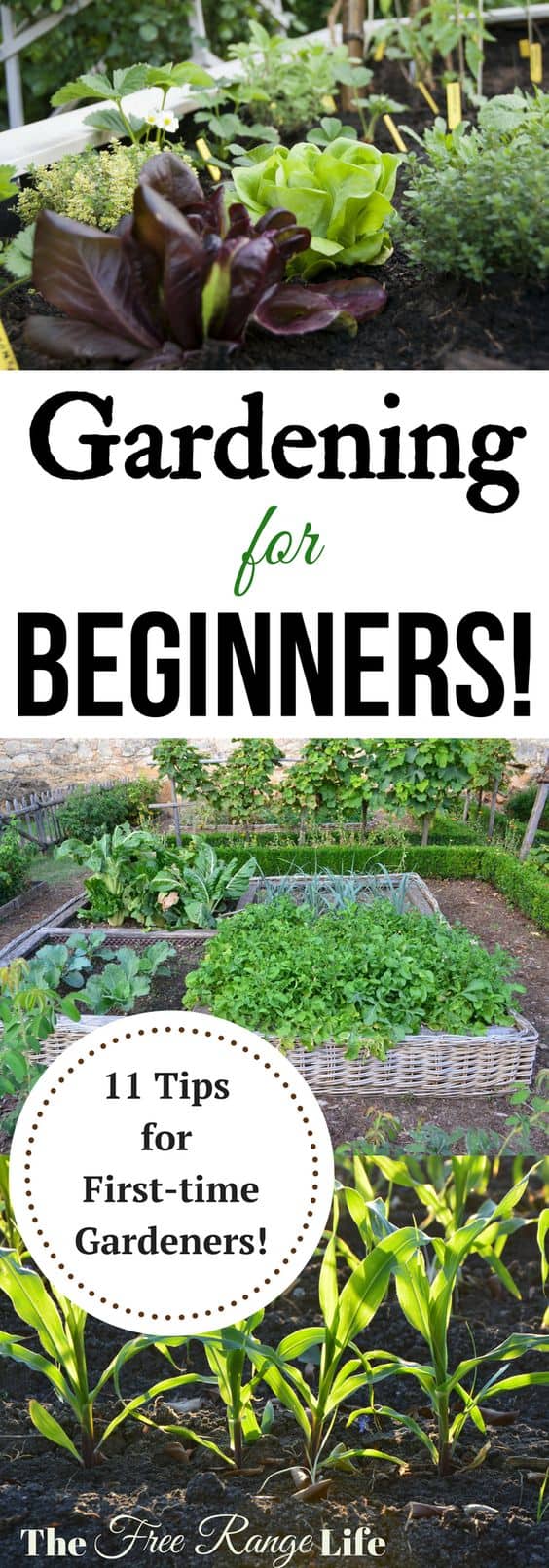
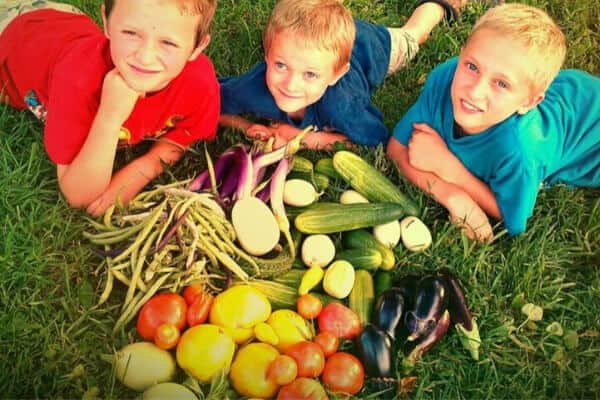
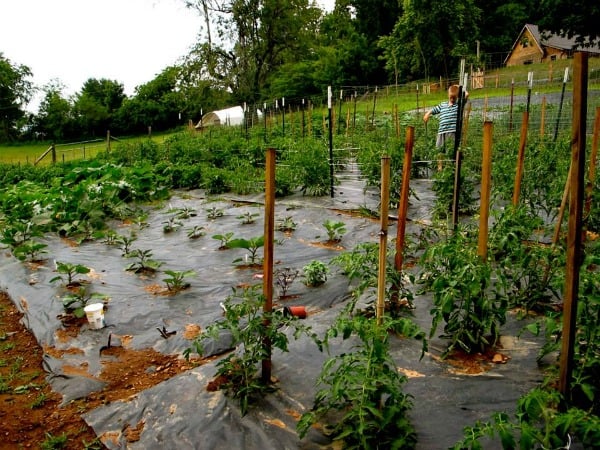
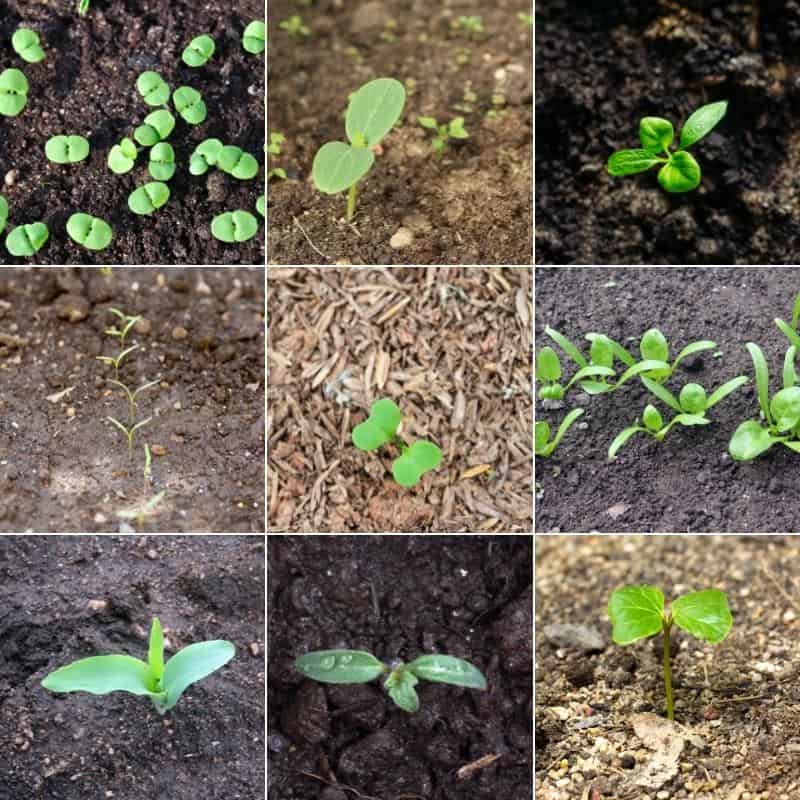
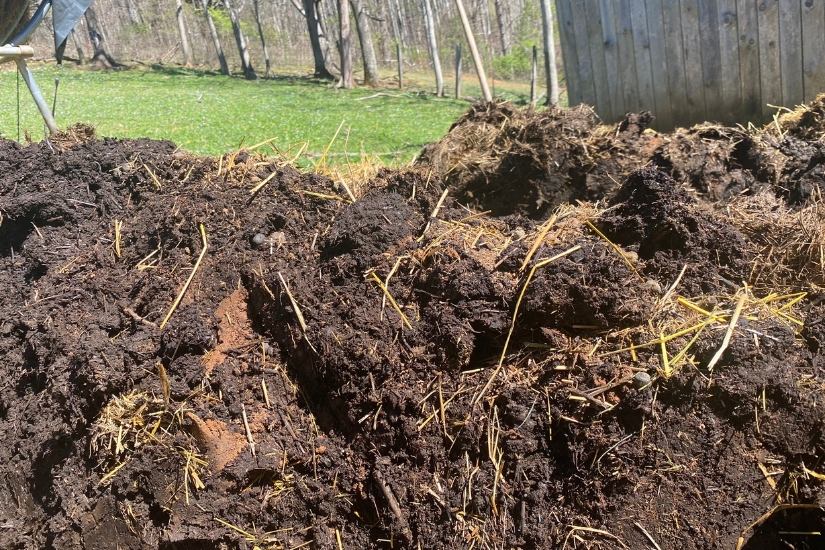
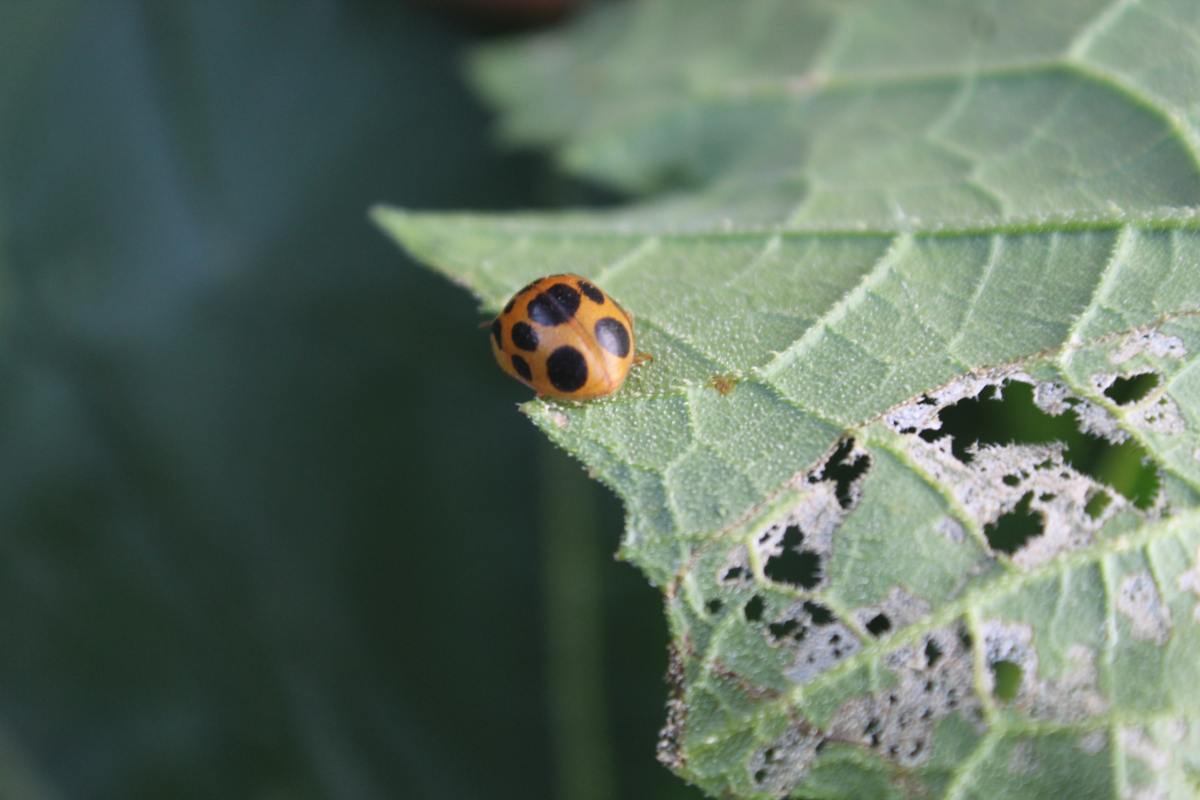
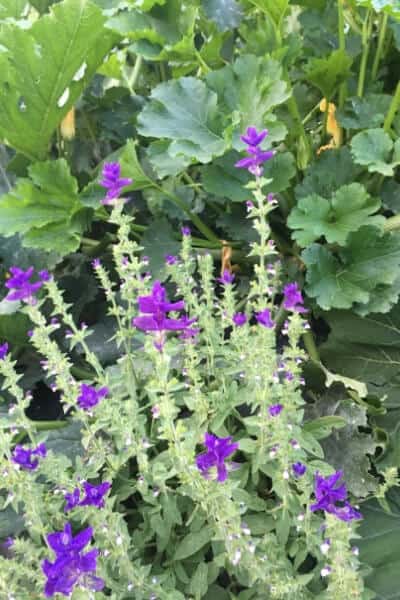


These are such great tips – good to know about the flowers :) thank you!!
This is perfect for me! We are soon to have a fence put up, and once we do that I’m going to try my hand at gardening…again. **SIGH**
You can do it!!!
Can you tell me how to/best method/what it means to “work [compost, amendments, fertilizer] into soil”? Especially around existing plants? I see the term everywhere but not sure it means what I think – and wondering the best ways to do it….
Excellent tips! I think we may have to get a Garden Journal for this year. :)
~Lorelai
Life With Lorelai
We are soon going to move into a new home which is smaller with a smaller yard. I have to figure out where we can have some gardening plants. Looking forward to planting season! I will for sure have flowers in my flower beds though!
Great tips! Thanks so much. I will sharing this with other gardeners!
I wish I had #4 when I was starting out…I tried to put 200 seeds in a 4×4 square foot garden…no joke! ah, the lessons we learn ;)
:) Spacing is hard when there is so much to grow in a limited space!
This is a great post! Pinning for later!
Amber
I have been gardening for about 15 years and I always read gardening post because I never know what new tip might be buried in the post that I had forgotten or didnt know. My favorite tip is getting a gardening journal. And using it. This has been invauable to me!
I do the same! You can always learn more!
Spacing is a hard one for me. There is so much that I want to grow in so little space. My grandma always made sure to give plants lots of space. I need to learn!
It’s hard for me too. I think I will do better this year. Last year, my tomatoes were too close and with a very rainy season they had problems. I have it in my plan that they get much more space!
I learned a great tip about tomatoes and spacing. Each plant will need this much room=stand up straight and pull arms up like you are going to do the chicken dance. From bent elbow to bent elbow is the space needed for one tomatoe plant to grow to full size and provide enough sunlight to the fruit.
I have always been timid about starting my own garden — it seems like such a daunting task, but these tips are very handy. Maybe I will take the plunge this spring…
You can do it! Just like Sarah suggests, start small. Stick with just a few plants that you can easily tend to all throughout the summer. Once you have a taste of success, you will probably forget why you were ever concerned and will be ready to dive in head first.
Angela
Fabulous list! We love gardening and there is just no comparison to home-grown, fresh food.
Hi Sarah,
You are an examplar, I am proud of you, being mom of 06 and still doing
gardening sucessfully.
I am Asian from Sri Lanka. I love gardening too. Wish you Goodluck..!
What kinds of flowers are best to plant in the vegetable garden.
I like planting beneficials such as calendula and marigold. Flowering herbs like sage are also nice. We always have sunflowers, zinnas and cosmos as well. These are easy to grow and abundant which draws in lots of pollinators.
2 years ago, my 4- 4 x 4 raised garden boxes did wonderful! 2500 tomatoes, lots of peppers, green beans and herbs. Last year, planted cucumbers, beans and a few herbs with 2 of the boxes of tomatoes. No tomatoes yield, no herbs, lots of cucumber and beans, but nothing else. I could not get a handle on the pests, and tomatoes did not produce. I am in middle TN. What happened?
There can be so many variables in the garden. Did you replenish the soil nutrients? There could have been a deficiency or it could have been off balance. The strength of the plants can really be affected by the soil quality. This is especially true in smaller gardens where rotation isn’t easy to accomplish.
Thank you for the tips. I will keep a journal and for me I am brand new to this, so, keeping pests and my own pets out of garden are my nightmares.
Thank you for the tips. I am now prepared to start this journey.
Thanks for the tips. Our biggest challenge is pests, but not just any pests – fire ants! Even in our pots! They sneak in and before you know it they have ruined the entire pot. They don’t eat the plant, but they make it impossible to harvest. I lost a beautiful rosemary plant and a few others. Very frustrating!
Pests are my biggest problem! Those ones that get on the squash that kind of resemble stink bugs, ugh they get it every time even when rotating. Do you provide any natural ways to prevent/get rid of them?
I want to start a garden but I literally know nothing. I prepare the dirt by getting rid of grass and everything and then am I buying in envelopes vegetables??
I really need to start a gardening journal. We moved 5 years ago and my garden in the new house is so sad compared to the old house. I wish i had a journal to look back on
Sarah thank you for your gardening tips for beginners – starting first garden in Michigan next week – if it ever warms up?!
I wish I would have journaled over the years. I’t amazing how the years blend together.
Thank you very much for your tips. I am in South Africa and I have just started my small garden. The thing that I am struggling is watering my garden as me and my spouse leave early morning to work and arrive back home about 18:00.My garden only receive my attention on the weekend and that really saddens me
Hi Sarah, thanks so much for this article. I recently bought a house with a bid backyard however is full of green grass. I would like to start gardening my own herbs and flowers but i would like to do it directly on the floor not on a pot. What would be my first step to start this? Im completely lost. I would like to see a step by step if you have only grass on your backyard if you know of any.
Stephanie, the easiest way to convert a lawn or field into a garden is to use cardboard and/or paper.Lay down wetted cardboard/paper (newspaper–most are printed with a safe soybean-based ink) wherever you want to create a bed. This will block the sun from the grass and the grass will die, turning into underground compost. To keep the cardboard/paper from blowing around, cover with wood chips or other mulch, and some compost. (You can also set a brick or rock on big pieces of cardboard to make it stay down.) Shallow-rooted crops can be seeded into the top layer. Greens, radishes, lettuce, etc. do fine in 4-6 inches of mulch/compost. To plant heavy feeders and those with long roots, cut holes into the cardboard with a spade or hoe and dig the appropriate sized hole (or make a row if you are direct-seeding). Add whatever fertilizer and soil amendments you want (Mel’s Mix, for example). Add plants, water well, and pull cardboard/paper back close to plant. I think leaving 2-6 inches bare around the plant is good to allow water in; cover the bare spot with shredded paper or mulch. Good luck!
So lucky I am coming across your Tips for First Time Gardener. I am a senior citizen who believe that it is not late for a senior citizen to start a garden. I started last May this year and I humbly admit That I failed. Having read the tips above, I now know where I have failed. So God is kind to me giving you to me. THANK YOU SO MUCH. GOD BLESS US ALL
Starting a garden is always so fun. I would also suggest adding in these tips: planning! There is nothing like having a little planting layout before you begin and that way you can keep track of what is harvested sooner and plan for another crop to go there! Great tips, thanks for the article!
What must I use to protect the cabbage & cauliflower that I’ve just plantedfrom pest.
If you follow all the tips, you can avoid mistakes and enjoy growing various plants in your garden. However, there are many subtleties that can be learned on a specialized resource.